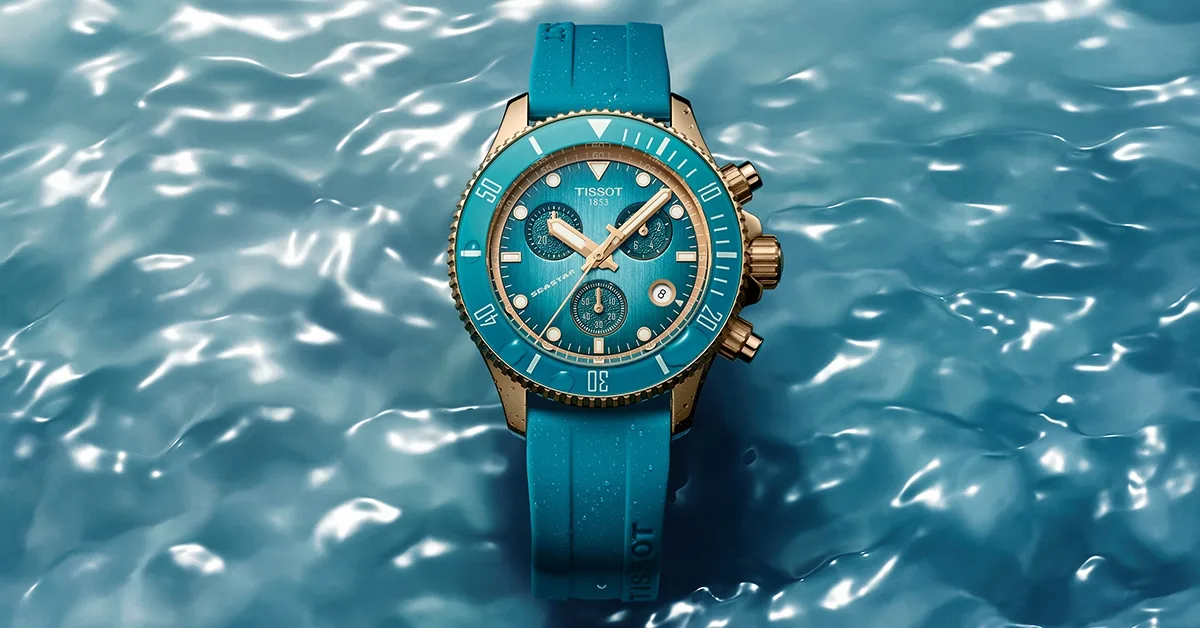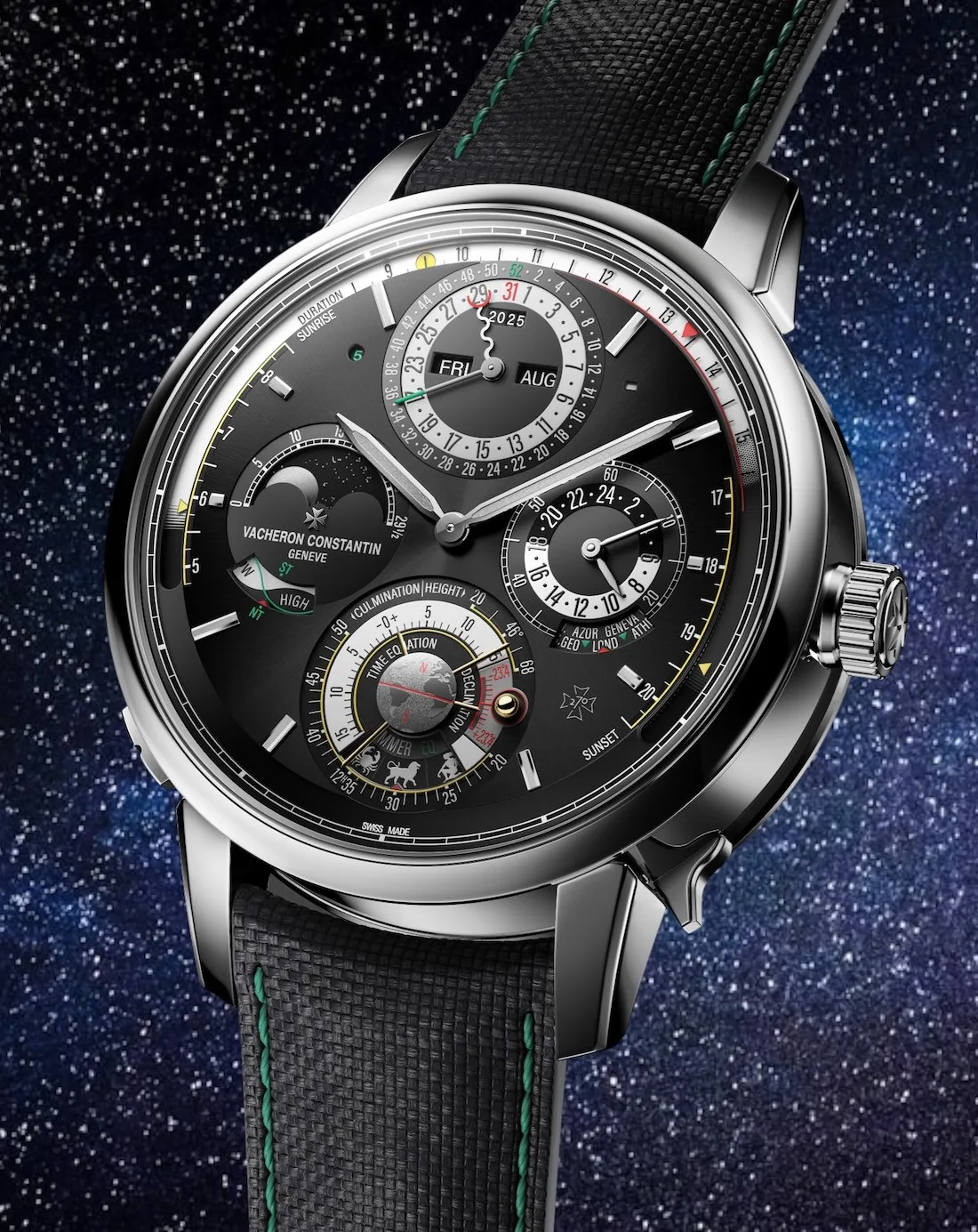It’s an indisputable fact that women are making serious headway in high-level roles at the top of traditionally male-dominated industries – and Lynn Calder is certainly one woman doing just that.
At the close of last year, the 45-year-old Scot was appointed CEO of Ineos Automotive, the fledgling car-building arm of the giant Ineos Group founded in 1998 by Jim (now Sir Jim) Ratcliffe – a global chemicals and energy business that has made him one of the UK’s wealthiest people. When he’s not working flat-out running his multi-faceted empire, Sir Jim likes nothing more than to take himself off on the type of adventures for which the celebrated Land Rover Defender was once the default choice.
So, when the “best 4×4 by far” was axed in 2016 after 68 years of loyal service, in advance of the then-pending, more luxurious new Defender, Sir Jim – like many a Landy fan – was more than a little disappointed. Within the year, however, he had decided to take over where Land Rover had left off and set about creating a vehicle to not only fill the gap left behind by the “old” Defender, but to do its job more efficiently while remaining the simplest, most rugged, longest-lasting and easiest to fix 4×4 in the field as possible.

After six years in the Group and several CEO roles, Lynn Calder was appointed CEO of Ineos Automotive in December 2022.
A little more than five years later, and I’m being driven up a boulder-strewn track on the 50,000-acre Luss Estate in the Scottish Highlands in this very vehicle – the Grenadier. My chauffeur is Lynn Calder, who appears undaunted by the mass of rocks up ahead and the fact that some of the specialist off-roading journalists who have gone before (all male, incidentally) seem to have struggled to find the right “line”. I, meanwhile, am worrying for both of us about the drop of several hundred feet into the ravine that I’m looking down on from the passenger-side window…
By way of distraction, I ask Calder how she ended-up being the boss of a business that has set-out to build the type of vehicles usually associated with macho men who have a penchant for mud, winches and heavy-duty shock absorbers. “I do have a bit of a background in the car world,” she explains, “but only because my father was a truck mechanic who worked in garages and with hauliers until his late 50s, when he moved the family from Aberdeen to Fife to take over a hotel. “Most of the conversation in our household was car-related – so much so that instead of having encyclopaedias on our bookshelves, we had Haynes motor repair manuals. And there were never pictures of people in our photo albums. Only pictures of cars,” recalls Calder.
After completing an economics degree at Aberdeen’s Robert Gordon University, she started work in the oil and gas industry with Canada’s Talisman Energy (now Repsol), a job that took her to the cold climes of places such as Calgary and Norway. Calder was subsequently head-hunted by a private-equity fund to help find investment opportunities in the energy industry, after which she joined the then recently founded oil and gas arm of Ineos Group in 2017. “It’s usual for people who work for Ineos to be moved around to different divisions if and when they become proven leaders,” explains Calder. “After a couple of years with the oil and gas team, I was moved to the chemicals arm, so to have subsequently been appointed to the Grenadier project doesn’t represent a radical move on Sir Jim’s part – his ethos is to put the right person into the right job, regardless of whether that job might traditionally be done by a man or a woman.”

The Ineos Grenadier looks deliberately old school, which will probably get the attention of those left heart-broken after the classic Land Rover Defender was put to sleep for good.
Calder is as unfazed by the male bias that prevails in the off-road car world as she is by the unforgiving terrain beneath the Grenadier’s mighty wheels, citing the fact that, in the oil and gas biz, she was invariably the only woman around the meeting table. “I’m driven by learning about new things – I just think it’s a lot of fun to stretch your brain,” she says. “Discovering about the SUV market and, specifically, about the features and capabilities of the Grenadier has been a steep learning curve – it’s an intense period because, after five years of development, the car is moving from the project stage to being a business.
“Sir Jim saw a gap left by the old Defender and, inevitably, there has been an early-stage comparison with that vehicle – but I’m confident that when the public gets to know the Grenadier better it will prove to have its own DNA and that comparison will be forgotten.”
While it bears a strong resemblance to the Defender from the side, the Grenadier’s front end is more reminiscent of a Mercedes-Benz G-Wagen, while its rear is unique thanks to its 70-30 split-rear doors. And while Land Rover’s own “new” Defender is something of a technical tour-de-force in the electronics department, the Grenadier is more analogue, with features such as a mechanically operated centre differential lock, coil-spring suspension, beam axles and a huge chassis rather than a more modern, monocoque. “The idea was to make an extremely capable and robust vehicle that’s easy to fix,” says Calder. “We’ve gone back to a more mechanical way of doing things – and, speaking as a woman, I absolutely love this car. I want women to come to it, because there is absolutely no need to be intimidated by it.”

The boxy shape of the Grenadier helps maximise the space in the cabin, with the front reminiscent of an airplane cockpit, which is a feast for lovers of all things analogue.
There’s no denying that the Grenadier is a delight to drive, especially after an old Defender. Not only do the doors close properly, but the turning circle is way tighter and the on-road ride considerably less harsh. The interior, meanwhile, has a unique, aircraft-style overhead console housing switches that activate off-roading features such as descent control and “wading mode”, as well as others that are pre-wired for accessories, such as auxiliary lighting and winches.
The car’s rugged practicality is also reflected in the upholstery, which can be specified in leather of highly resilient technical cloth, while the load area runs to a voluminous 2,000 litres capacity with the rear seats folded. There are mod cons, though – such as the touchscreen infotainment system (complete with the Grenadier’s bespoke Pathfinder waypoint navigation for plotting routes where roads don’t exist) and front seats that are not only fully adjustable but heated, too.

The Ineos Grenadier truly shows off its capabilities the worse the terrain gets.
Under the skin, meanwhile, there’s a choice of tried-and-tested petrol or diesel BMW engines driving through the superb ZF eight-speed automatic gearbox, with high and low ratios and manual override. The exterior bodywork can be specified with various clip-on, clip-off fittings to support items such as tables and awnings, while the sides of the roof are equipped with four substantial lashing points. As for towing, a Grenadier can drag weights of up to 3.5 tonnes – and that roof has been engineered to carry a load of up to 420 kilos when static, or 150 kilos when on the move.
The drive routes in the Highlands were clearly designed to test the Grenadier’s mettle without compromise and, as well as those rocky tracks, we took-in ice-covered ascents and descents, deep river crossings, miles of ruts and even a wade through Loch Lomond.
The car certainly didn’t disappoint, not least thanks to a feeling of invincibility that really does inspire an urge to pack it all in and head–off on an adventure taking roads less travelled, but a lot more gravelled. All that’s left to do is to decide where to go.
** There are currently three models of Grenadier to choose from – the base version and the higher-specification Belstaff Editions in ultra-rugged Trialmaster or more refined Fieldmaster trims. Prices start at around £59,000 for the two-seat “utility wagon”, with a less expensive commercial model due later this year.
Words: Simon de Burton

















Show Comments +